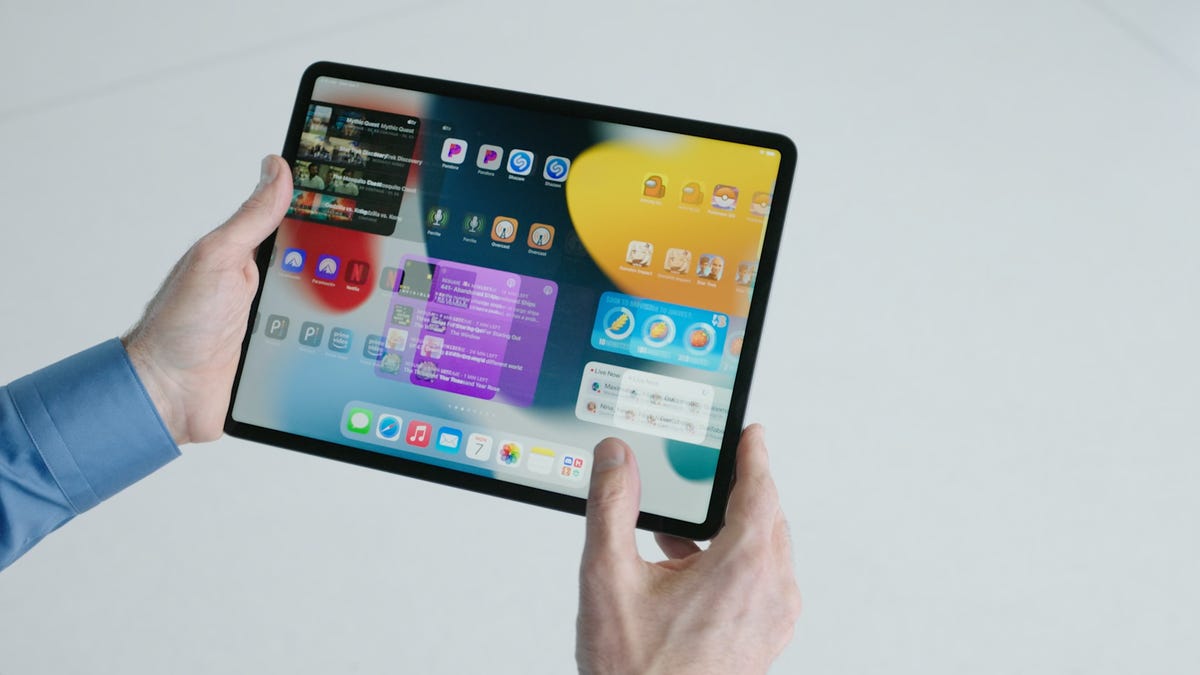Apple iPads get new widget and multitasking tools
Apple announces new features at its annual Worldwide Developers Conference.

Apple unveiled new products at its WWDC event.
Apple's iPads are getting some new tricks, including the ability to add widgets to the home screen and new multitasking tools, the tech giant announced Monday at its annual Worldwide Developers Conference.
The new widgets for Apple's tablets will be larger than the ones available for iPhones. Apple debuted the feature for its phones last year, but they've been on Android phones for several years. Another new feature called App Libraries helps to organize apps and hide and reorder pages you don't need.
Apple also unveiled new multitasking features for working in multiple apps at once. A new "shelf" feature shows open windows within an app. So if you're working in a mail app, you might be able to see open emails and drafts at the same time.
With the new features, Apple hopes to build on new momentum for a once-struggling product category. Tablet sales had suffered in recent years, but the devices have been resurgent amid the pandemic, as people sheltered in place and worked remotely. In the first quarter of 2021, iPad sales surged almost 80% compared to the year before.
The conference, held virtually, comes less than two months after another event in the spring, at which Apple unveiled updates to its iPad Pro line. The device got an overhaul with Apple's in-house M1 processor, 5G connectivity, and an improved camera and screen.
But Monday's upgrades were all about software. Apple introduced its iPadOS software, a dedicated operating system specifically for the company's tablets, two years ago at WWDC. Before that, both iPhones and iPads ran on iOS. Having one software platform for both devices, though, limited the capabilities of each, so Apple broke them into separate operating systems.

